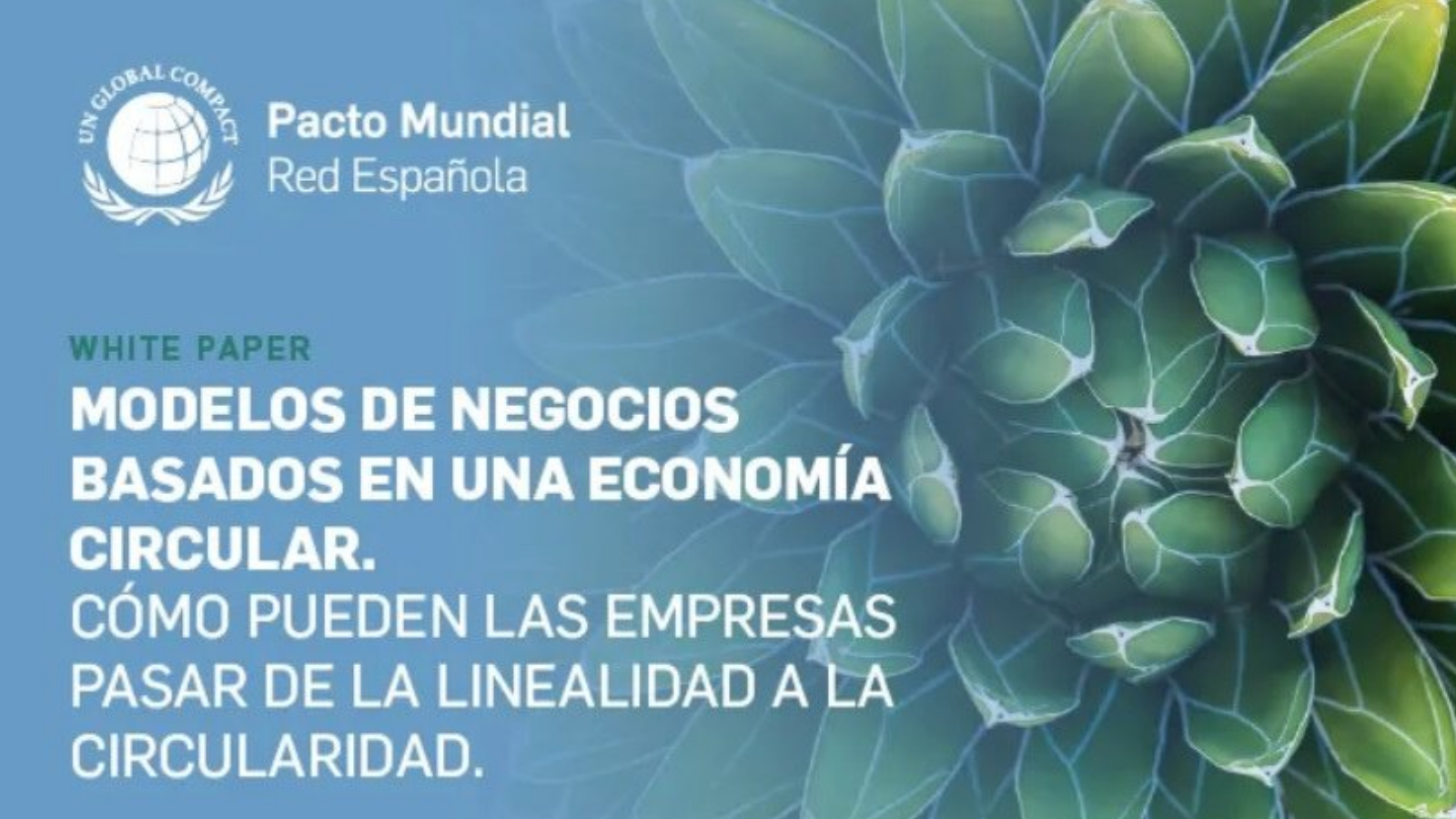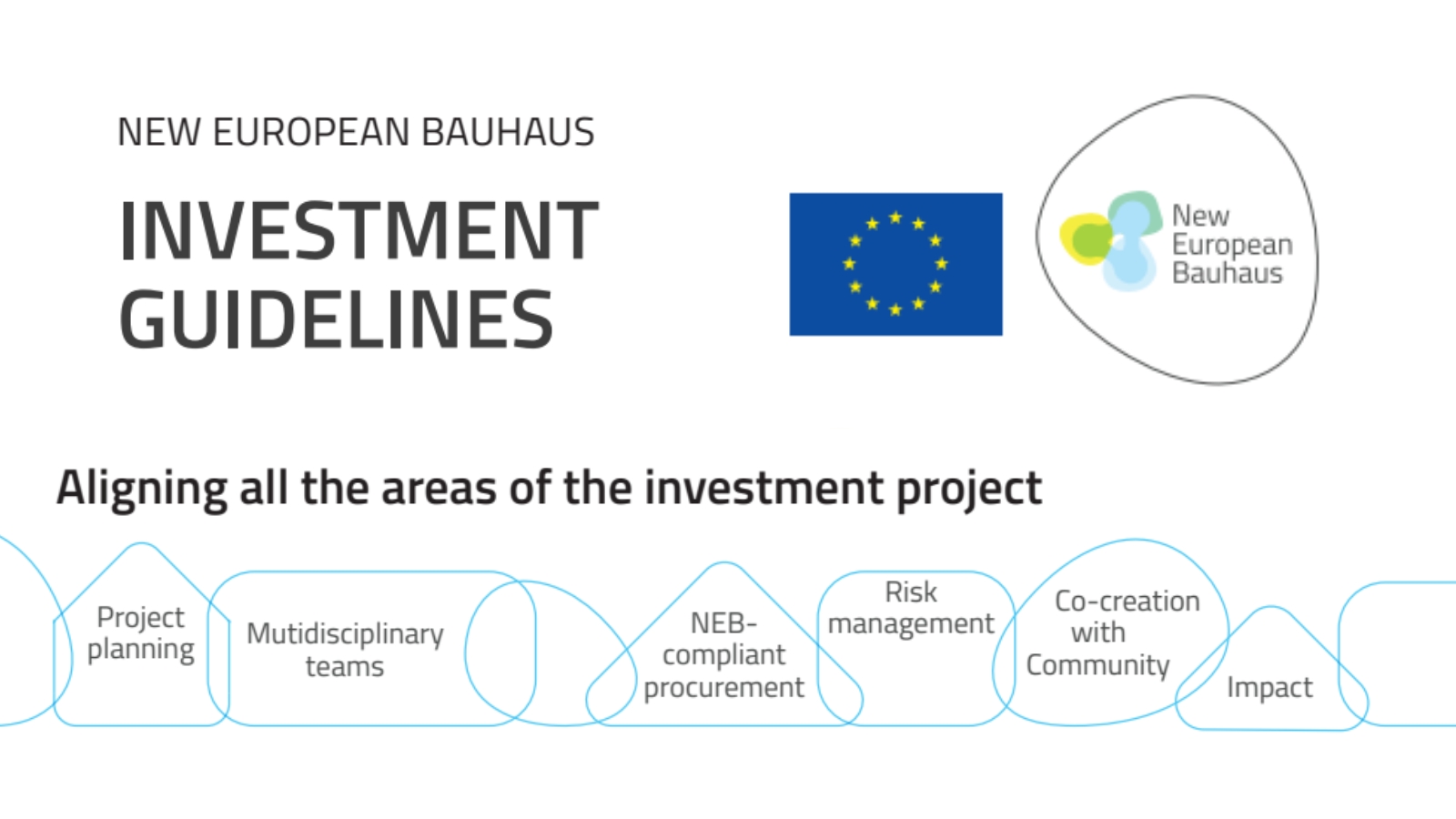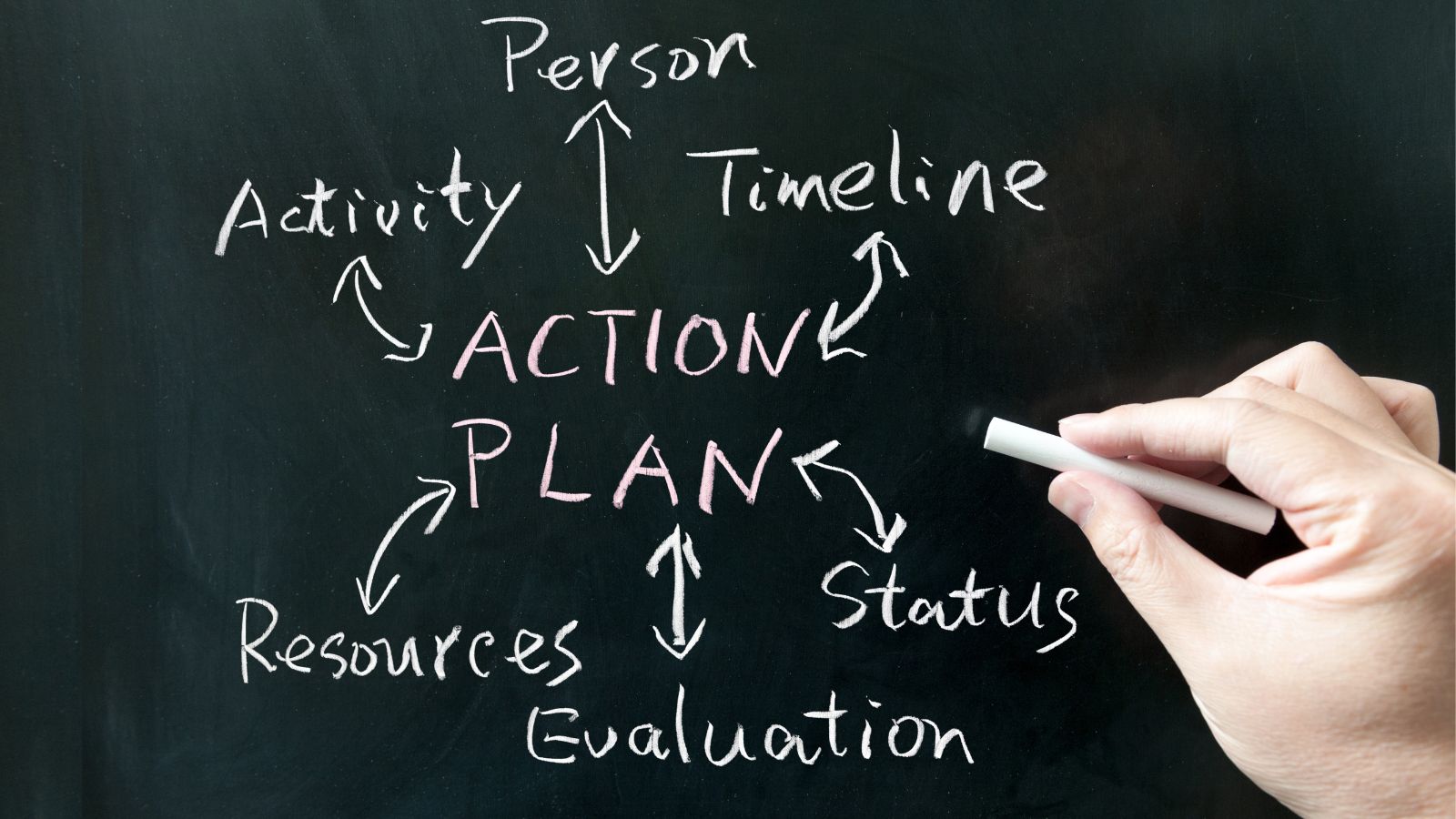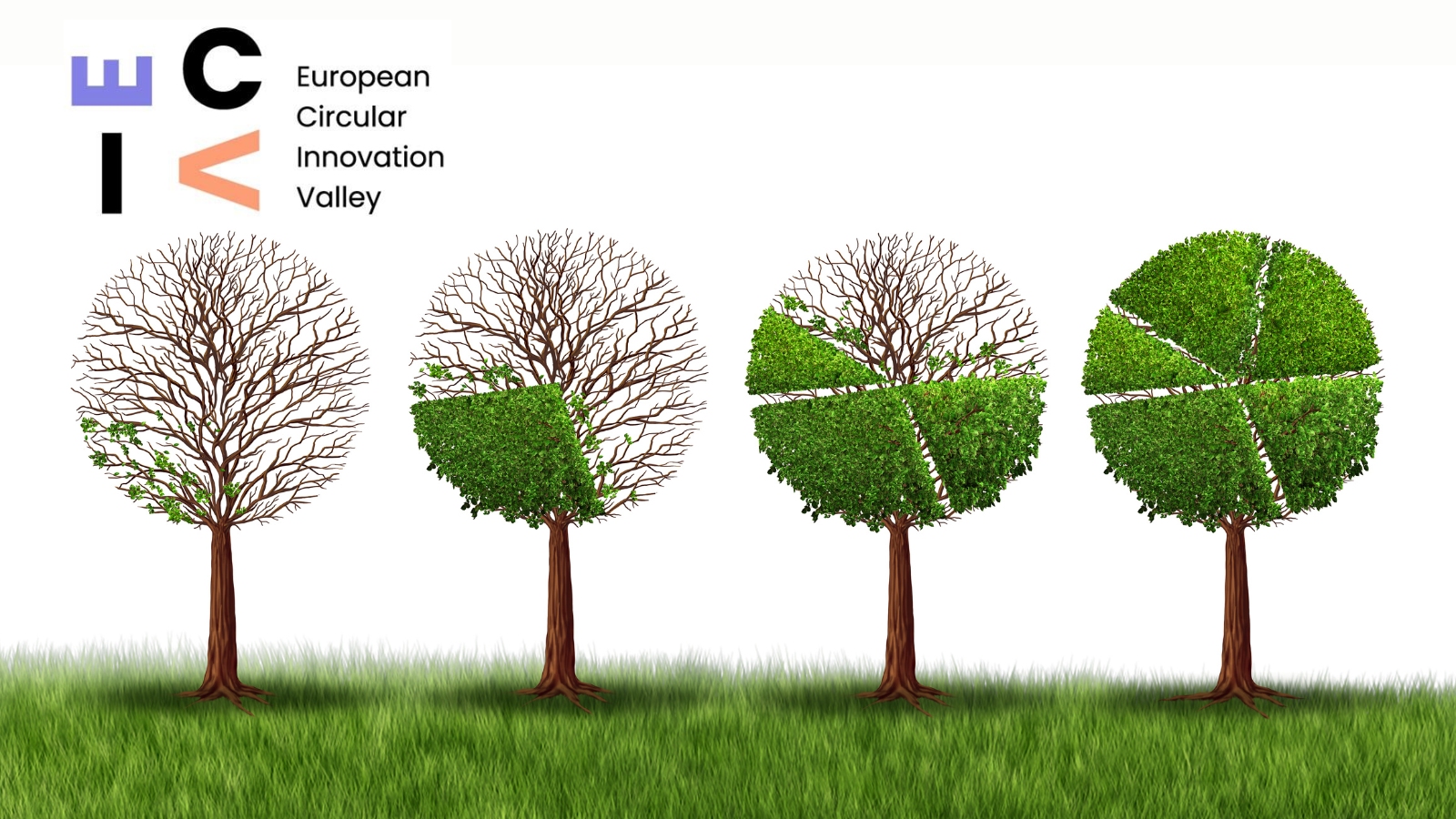(Publication of the Spanish Global Compact Network).
The circular economy, which aims to keep the value of materials in the economy for as long as possible by minimising waste generation, is the alternative and the solution to many of the problems caused by the current linear model, such as environmental degradation. However, our world is only 8.6% circular, which still leaves a lot of room for improvement. This is stated in the paper ‘Business models based on the circular economy: how companies can move from linearity to circularity’, prepared by the United Nations Global Compact Spain.
This document aims to raise awareness among the business community about the need to transform our production and consumption model into a circular one, as well as to make visible the actions that are already being carried out in this area by relevant Spanish entities.
In this regard, the document reveals that 43% of Spanish companies have promoted circular economy processes (improvement in waste management, reduction, recycling and reuse). If we break this figure down by company size, the large companies rise to 67%, 30 points above SMEs, with 37%, and 20% in the case of the self-employed.
Finally, it is worth noting that 86% of IBEX 35 companies, the main Spanish stock market index, have already implemented measures or policies related to the circular economy. These are far ahead of Spanish public companies, which stand at 49%.
In the words of Cristina Sánchez, executive director of the United Nations Global Compact, “Many companies are already moving towards the circular economy, seeking to reduce costs, innovate on new lines of business and sources of income and manage the risks associated with the linear model. This shows that this model will not only bring environmental benefits, but also economic ones. We therefore encourage companies to convert their model to a circular one, so that we all move towards a prosperous low-carbon economic recovery with planetary boundaries in mind.
As for the benefits of this model, these are particularly important in the paper, which highlights, among other arguments, that the transition to a circular model could unlock global GDP growth of up to $4.5 trillion by 2030.
A guide to including circularity in a business
Businesses are a key player in achieving a circular economic model that offers solutions to the problems posed by the linear model. For this reason, the United Nations Global Compact, in its commitment to act as a guide for the business community towards more sustainable models, proposes five steps that companies can take to initiate the transition to a circular model:
- Commit to the circular economy and integrate it transversally throughout the value chain.
- Set specific targets.
- Contribute to change by creating ambition loops.
- Collaborate with stakeholders along the value chain.
- Develop a circular business model.
Each of these steps is presented in the document along with examples from real companies and a series of questions to help companies guide their actions at each stage. The United Nations corporate sustainability initiative insists that these steps are a generic guide for action that each company will have to adapt to its own circumstances and activity, as there is no single path to move from the current linear to the circular economic model.
A necessary model to achieve the SDGs
The United Nations Global Compact Spain states in the document that the circular economy is an integral part of the 2030 Agenda, since the general objective of both is to seek social and economic prosperity within the natural capacity of our planet. To support this correlation, it presents a graphic analysis of the SDG targets that are related to this model, bringing together a total of 29 out of 169. In other words, 17%, almost a fifth of the targets of the 2030 Agenda, are related to the circular economy model.
This highlights, once again, that the application of this model is essential to successfully meet many of the SDGs, not only to meet SDG 12. According to Sánchez, “the implementation of this model will have a positive impact on the achievement of several targets of the 17 SDGs and vice versa. But for it to do so in the way the 2030 Agenda envisages, leaving no one behind, the path towards a circular economy needs to be supported by policies and strategies that enable a just transition. Therefore, measures to achieve this must come from all the actors called for by the 2030 Agenda, business leaders, governments and civil society”.









